Climate Crisis Must Change How We Think About War
What should be increasingly clear is that war now needs to be understood as unfolding in the shadow of climate breakdown.
The relationship between war and climate change is complex. But here are three reasons why the climate crisis must reshape how we think about war.
Wars and climate change are inextricably linked. Climate change can increase the likelihood of violent conflict by intensifying resource scarcity and displacement, while conflict itself accelerates environmental damage.
1. War exacerbates climate changeThe inherent destructiveness of war has long degraded the environment. But we have only recently become more keenly aware of its climatic implications.
This follows efforts primarily by researchers and civil society organisations to account for the greenhouse gas emissions resulting from fighting, most notably in Ukraine and Gaza , as well as to record emissions from all military operations and post-war reconstruction .
One study, conducted by Scientists for Global Responsibility and the Conflict and Environment Observatory, has made a best guess that the total carbon footprint of militaries across the globe is greater than that of Russia, which currently has the fourth-largest footprint in the world.
The US is believed to have the highest military emissions. Estimates by UK-based researchers Benjamin Neimark, Oliver Belcher and Patrick Bigger suggest that , if it were a country, the US military would be the 47th-largest emitter of greenhouse gases in the world. This would put it between Peru and Portugal.
These studies, though, rest on limited data. Sometimes partial emissions data is reported by military agencies, and researchers have to supplement this with their own calculations using official government figures and those of associated industries.

Legal Disclaimer:
MENAFN provides the
information “as is” without warranty of any kind. We do not accept
any responsibility or liability for the accuracy, content, images,
videos, licenses, completeness, legality, or reliability of the information
contained in this article. If you have any complaints or copyright
issues related to this article, kindly contact the provider above.
Most popular stories
Market Research

- Daytrading Publishes New Study On The Dangers Of AI Tools Used By Traders
- Primexbt Launches Empowering Traders To Succeed Campaign, Leading A New Era Of Trading
- Wallpaper Market Size, Industry Overview, Latest Insights And Forecast 2025-2033
- Excellion Finance Scales Market-Neutral Defi Strategies With Fordefi's MPC Wallet
- ROVR Releases Open Dataset To Power The Future Of Spatial AI, Robotics, And Autonomous Systems
- Ethereum-Based Meme Project Pepeto ($PEPETO) Surges Past $6.5M In Presale



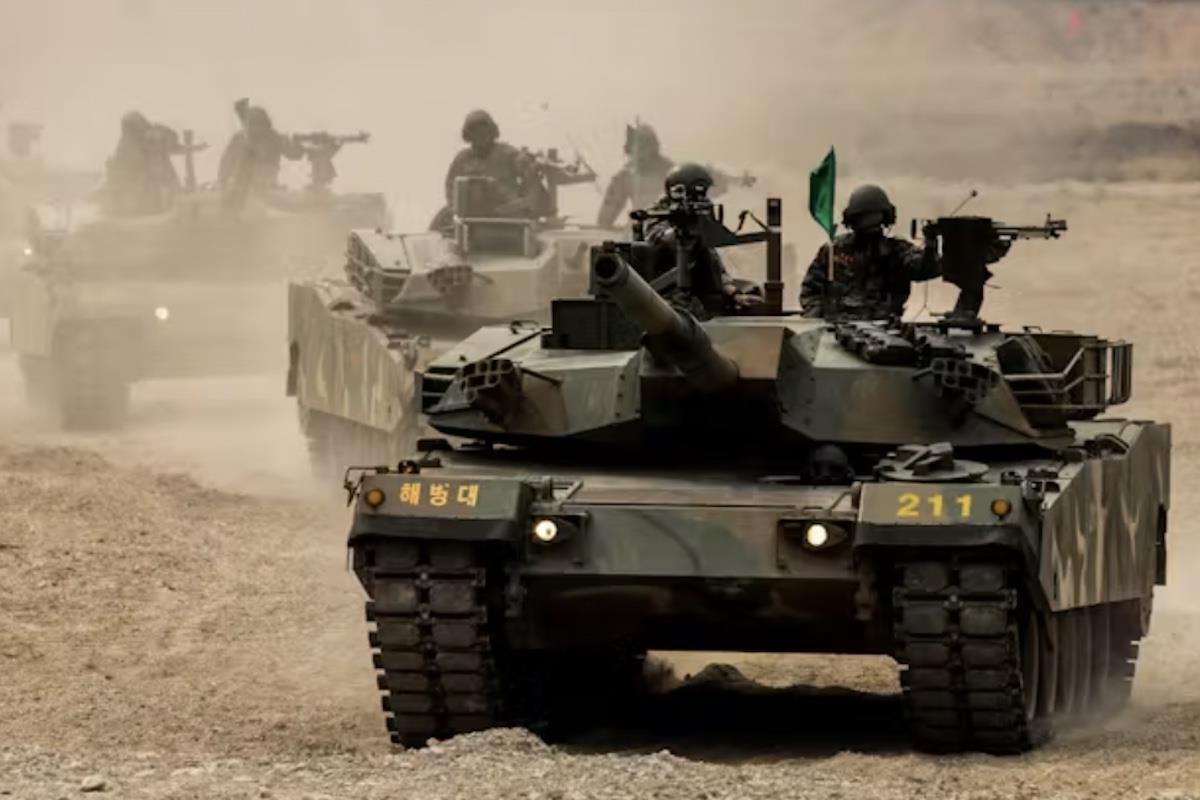
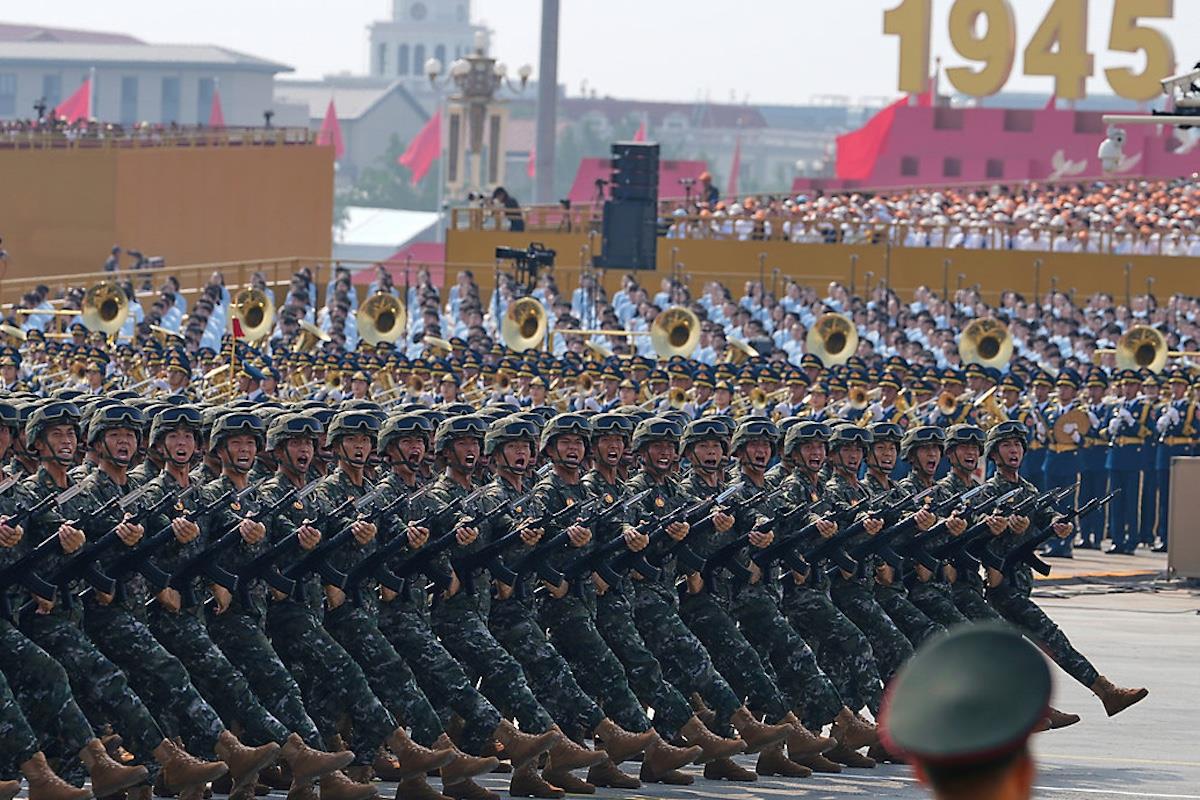
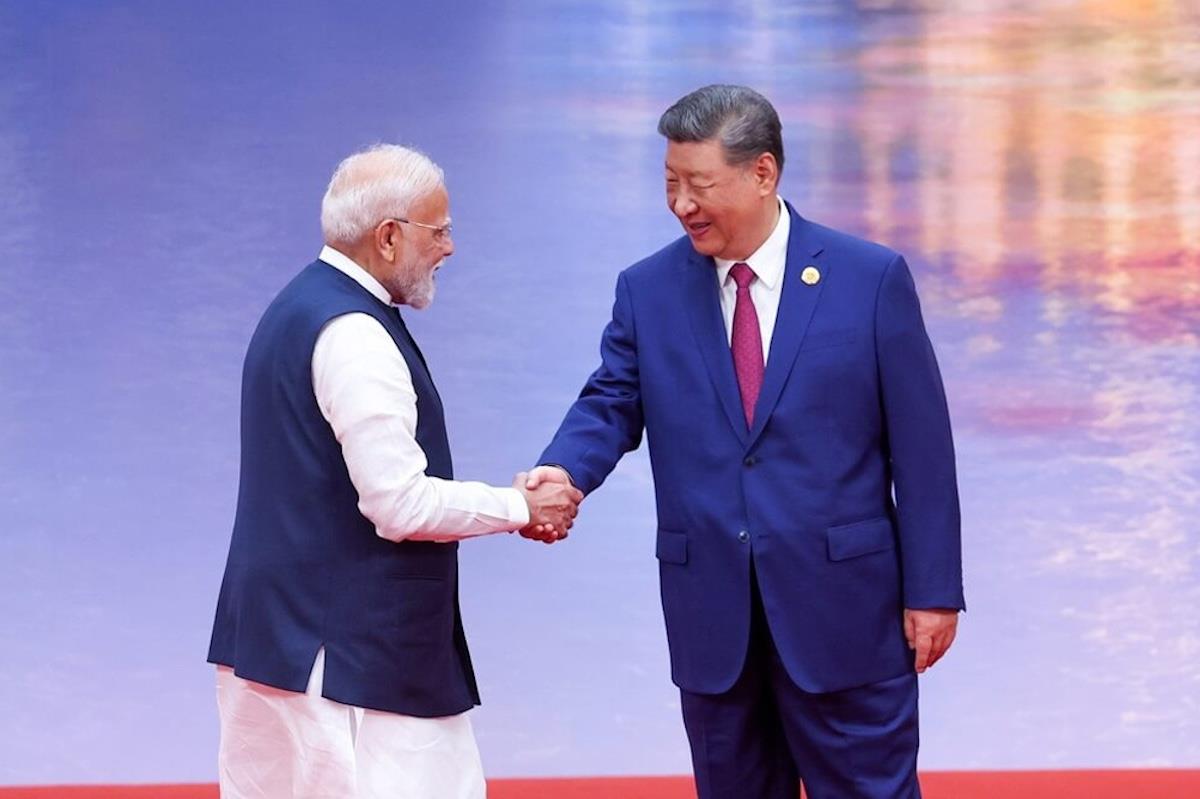
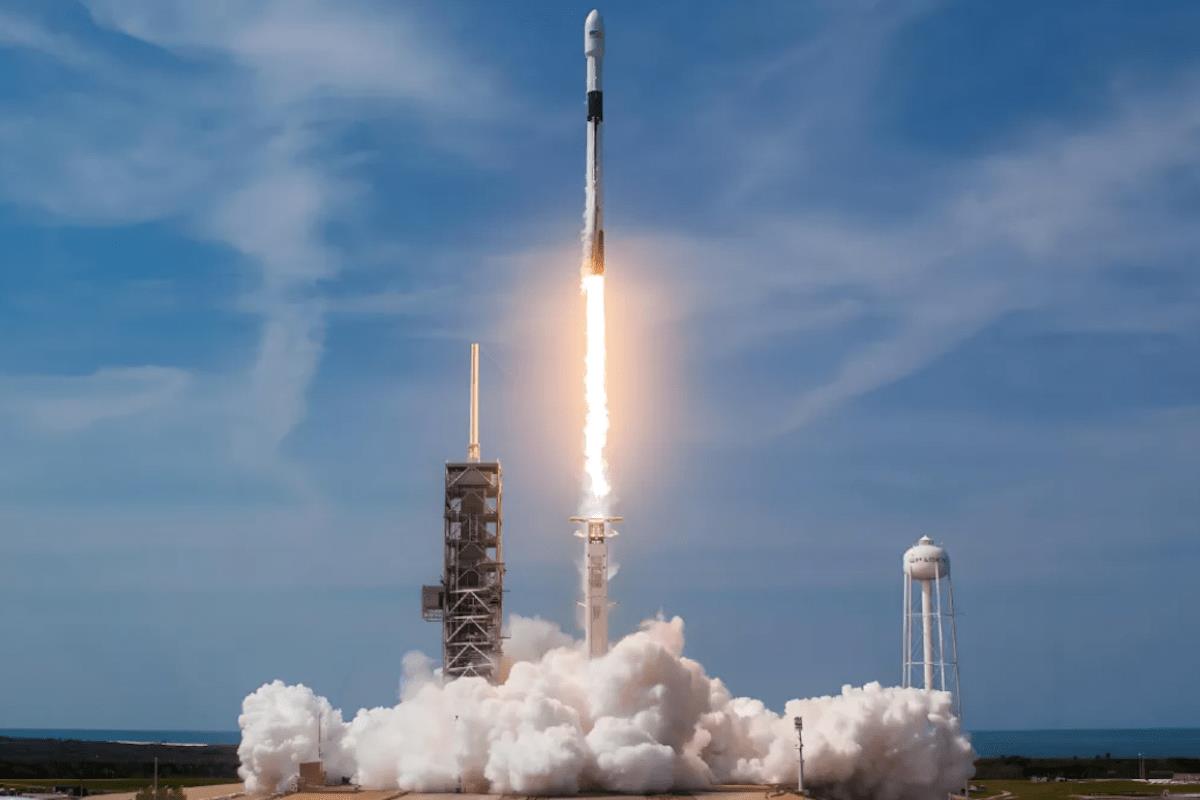
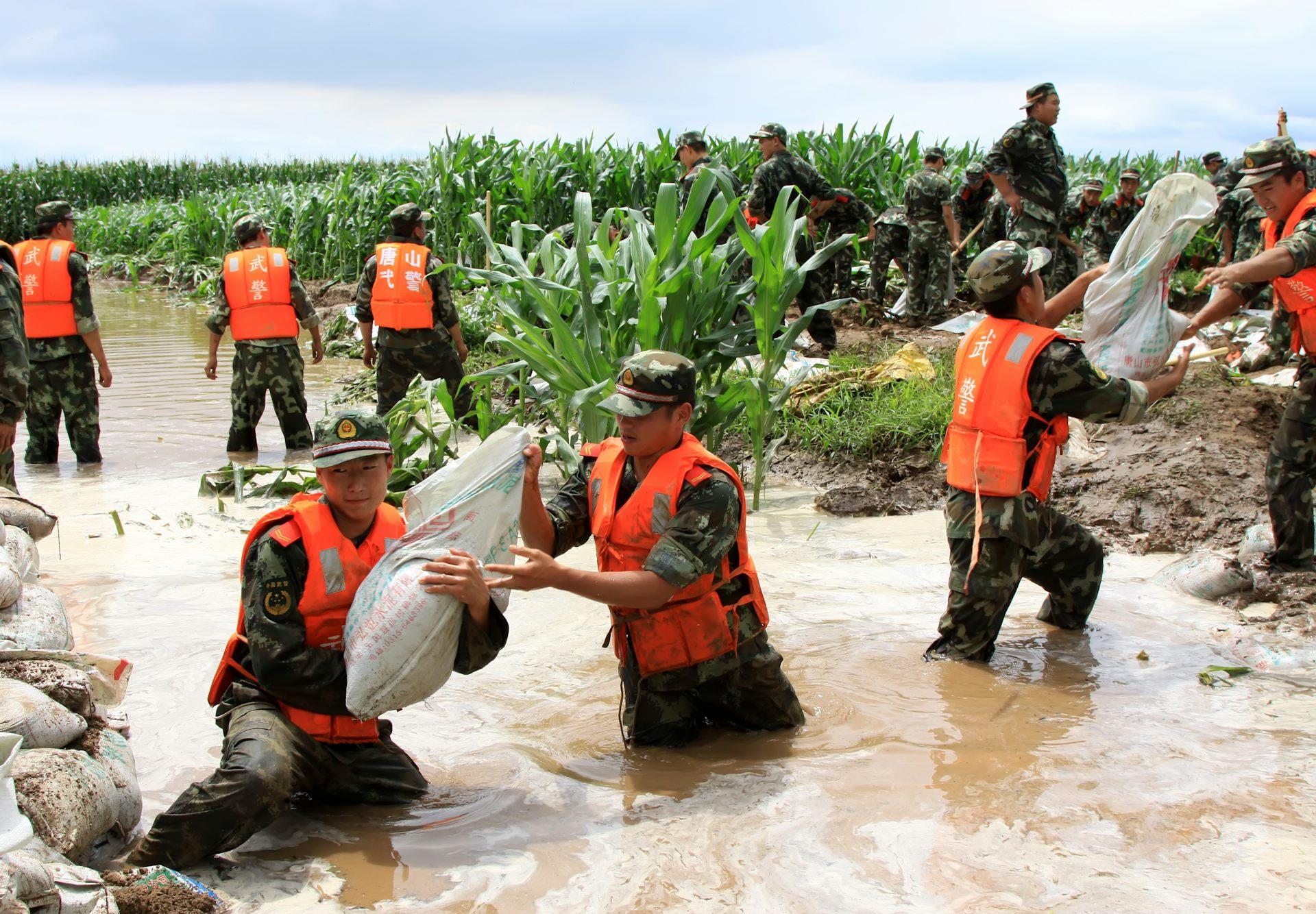

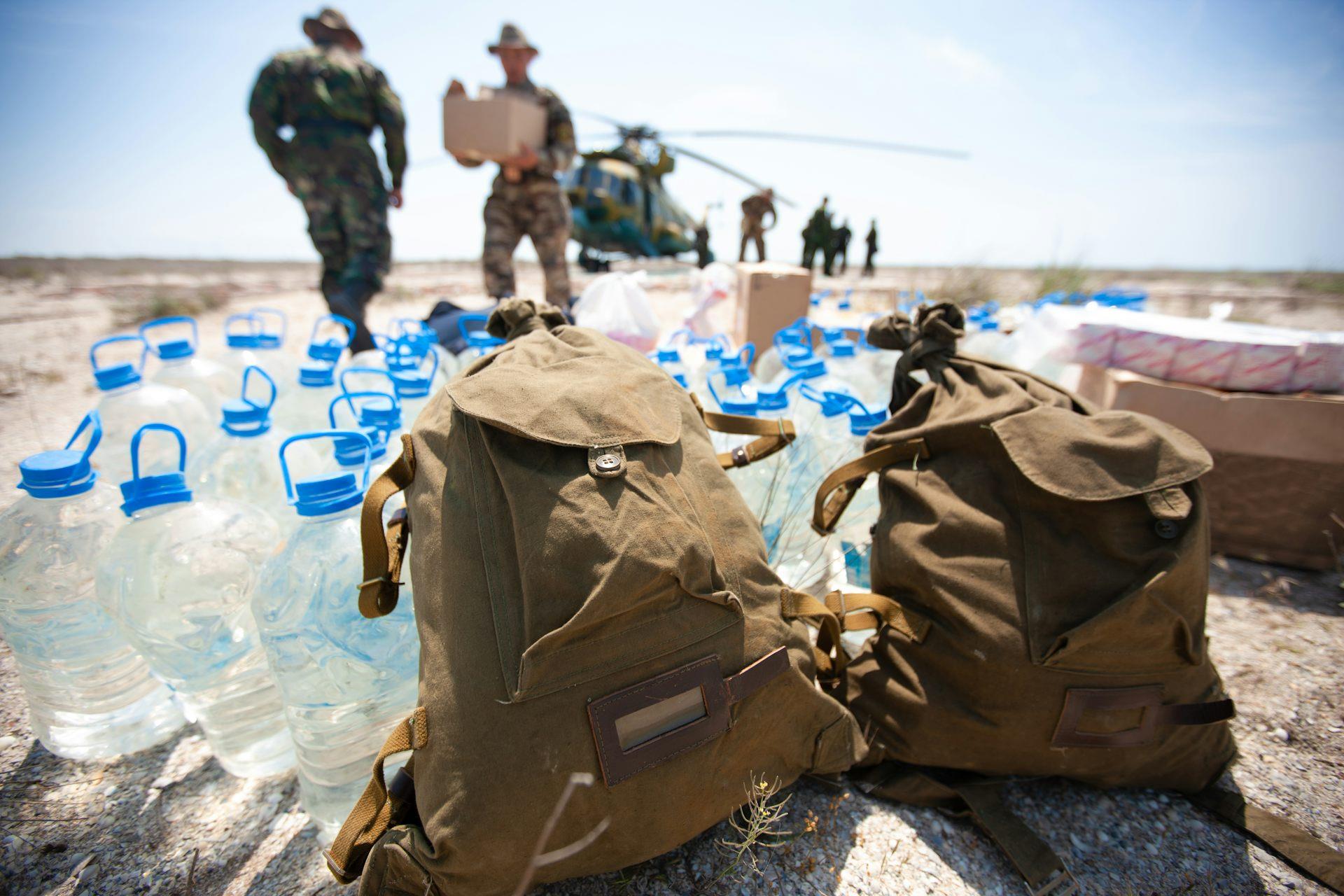


















Comments
No comment